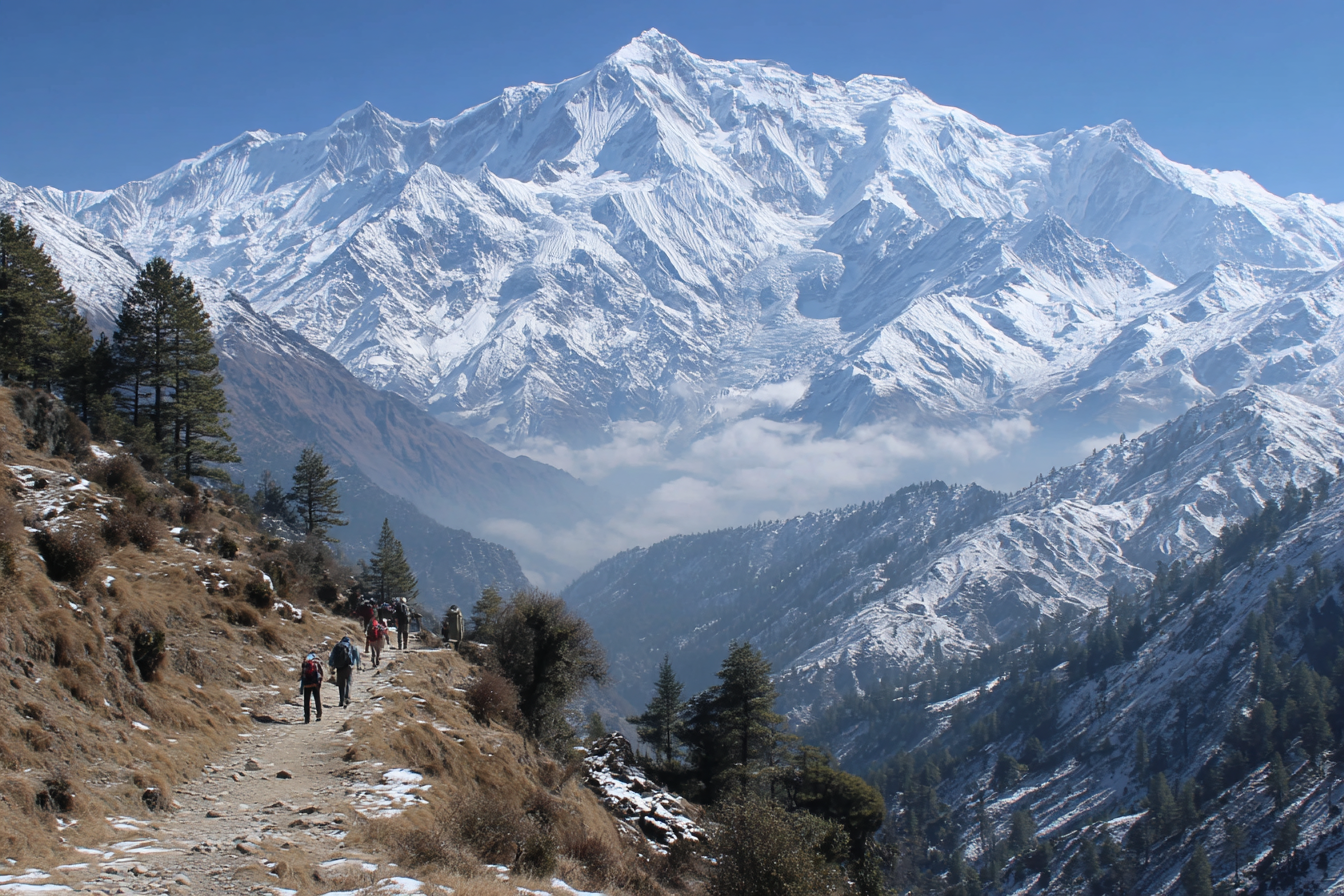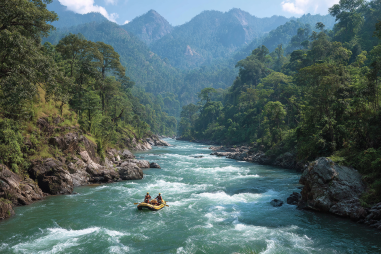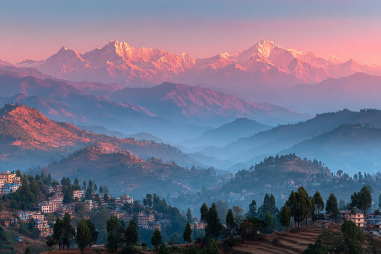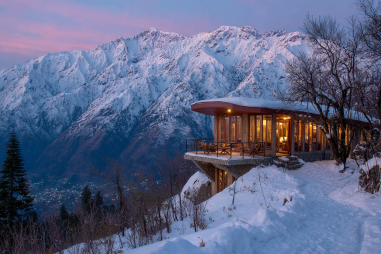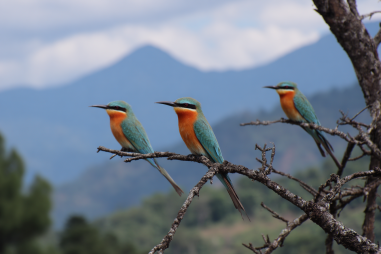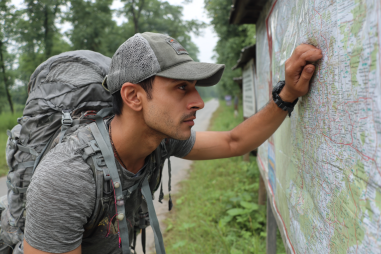Pokhara, often described as the gateway to the Annapurna region, is a paradise for trekking enthusiasts. Nestled between Phewa Lake and towering Himalayan peaks, it offers access to some of Nepal’s most breathtaking trekking routes. Whether you’re a novice eager to experience mountain trails or a seasoned trekker looking for a challenge, the Pokhara trekking routes provide a variety of options featuring stunning vistas, rich cultural experiences, and immersive nature encounters. Let’s explore the top trails around Pokhara that promise adventure, discovery, and unforgettable memories.
Popular Trekking Routes around Pokhara
Three trekking routes stand out in popularity for those setting off from Pokhara: Annapurna Base Camp, Ghorepani Poon Hill, and Mardi Himal. Each has its own unique appeal, difficulty level, and scenic highlights.
Annapurna Base Camp Trek
The Annapurna Base Camp (ABC) trek is one of the most famous in Nepal. It takes trekkers right into the heart of the Annapurna mountain massif, culminating at the base camp of Annapurna I, which towers at 8,091 meters. This trek offers spectacular panoramic views of Annapurna South, Machapuchare (Fishtail), and Hiunchuli peaks.
This route passes through lush rhododendron forests, terraced fields, and charming Gurung and Magar villages, providing a cultural insight alongside stunning natural landscapes. The trail is well-established and supported by numerous teahouses, making it comfortable yet adventurous.
Ghorepani Poon Hill Trek
If you want a trek that offers incredible mountain views but is shorter and less demanding, Ghorepani Poon Hill is perfect. Poon Hill, at an elevation of 3,210 meters, is famous for its sunrise viewpoints that reveal a spectacular panorama of the Annapurna and Dhaulagiri ranges.
This trek winds through beautiful pine forests and traditional villages, allowing trekkers to enjoy a mix of nature and culture. It’s especially popular among beginners and those who have limited time but want a genuine Himalayan experience.
Mardi Himal Trek
The Mardi Himal trek is a relatively less crowded and more off-the-beaten-path option. It ascends towards Mardi Himal Base Camp for close-up views of Machapuchare and other significant peaks.
This trail offers a peaceful trekking experience with pristine forests, waterfalls, and diverse flora and fauna. It is an ideal choice for adventurous trekkers looking to escape the busier paths and explore less-commercialized mountainous terrain.
Difficulty Levels and Duration
The trekking routes from Pokhara vary in difficulty and length, catering to a wide range of trekkers.
- Annapurna Base Camp Trek: Moderate difficulty; typically takes 7-11 days depending on pace and starting point.
- Ghorepani Poon Hill Trek: Easy to moderate; usually 4-6 days, making it suitable for beginners and short trips.
- Mardi Himal Trek: Moderate to challenging; generally completed in 5-7 days, with steeper sections and less developed infrastructure.
It’s important to assess your fitness level and trekking experience before deciding which route fits your adventure goals best.
Best Season for Trekking in Pokhara
The ideal times to trek in the Pokhara region are during the autumn (September to November) and spring (March to May) seasons. During these periods, the weather is relatively stable, skies are clear, and mountain views are at their best. Autumn brings vibrant rhododendron blooms and crisp air, while spring offers warmer temperatures and blossoming flora.
Winter trekking (December to February) is colder with chances of snowfall at higher altitudes, which can add extra challenges but also a magical snowy landscape for the prepared trekker. Summer monsoon season (June to August) is generally avoided because heavy rains can make trails slippery and reduce visibility.
Essential Gear and Preparation
Successful trekking in the Pokhara region requires proper preparation and essential gear to ensure comfort and safety on the trails. Key items include:
- Good quality hiking boots with ankle support
- Layered clothing for fluctuating temperatures
- Rain gear and windproof jackets
- Backpack with adequate capacity
- Sleeping bag suitable for cold temperatures
- Sun protection: hat, sunglasses, and sunscreen
- Water bottles and purification tablets
- Basic first aid kit and personal medications
- Headlamp or flashlight
A fitness regimen focusing on cardio endurance, leg strength, and flexibility is also highly recommended before embarking on any trek.
Local Guides and Permits
Hiring a local guide offers many benefits, including navigation expertise, cultural insight, and support in case of emergencies. Many trekking agencies in Pokhara provide experienced guides who speak English and are well-versed in the terrain.
Note that trekking in the Annapurna region requires permits such as the Annapurna Conservation Area Permit (ACAP) and a Trekkers’ Information Management System (TIMS) card. These permits help preserve the natural environment and support local communities.
Guides or agencies often assist with obtaining these permits, making the process hassle-free for trekkers.
Accommodation on the Trails
Along popular trekking routes, numerous teahouses and lodges offer basic accommodation and meals. These teahouses provide a comfortable place to rest, interact with fellow trekkers, and enjoy local hospitality.
While Annapurna Base Camp, Ghorepani Poon Hill, and Mardi Himal treks have established teahouse networks, the level of comfort can vary. Expect simple rooms, shared bathrooms, and communal dining areas. Carrying cash is essential as electronic payments are rarely accepted.
Safety Tips for Trekkers
- Acclimatize properly to avoid altitude sickness by ascending gradually and resting regularly.
- Stay hydrated and eat nutritious meals to maintain energy levels.
- Inform someone of your trekking plan and keep a charged mobile phone or communication device.
- Listen to your guide’s advice and never rush through difficult sections.
- Be prepared for sudden weather changes by carrying appropriate clothing.
- Travel with a medical kit and know basic first aid techniques.
- Respect local customs and the natural environment.
By following these safety precautions, you can enjoy a rewarding and secure trekking experience.
Post-Trek Relaxation in Pokhara
After days of trekking, Pokhara offers a perfect place to unwind. The city’s serene lakeside cafés, restaurants, and spas provide comfort and relaxation. You can indulge in a soothing massage, enjoy fresh local cuisine, or simply watch the sunset over Phewa Lake with majestic mountain backdrops.
For those interested in culture, visiting the World Peace Pagoda or exploring local markets adds to the post-trek experience. Pokhara’s friendly atmosphere and stunning natural beauty make it an ideal retreat to reflect on your trekking adventure.
In sum, Pokhara is not just a starting point but a vibrant hub offering adventure, culture, and relaxation for all types of trekkers.
With its variety of trekking routes, breathtaking mountain views, and warm local hospitality, Pokhara continues to captivate adventure seekers from around the world. Whether you choose the challenging Annapurna Base Camp trek, the scenic Ghorepani Poon Hill route, or the tranquil Mardi Himal trail, your journey will be filled with discovery and awe. Equip yourself well, plan wisely, and embark on a memorable trek that promises both challenge and beauty in the heart of the Himalayas.

